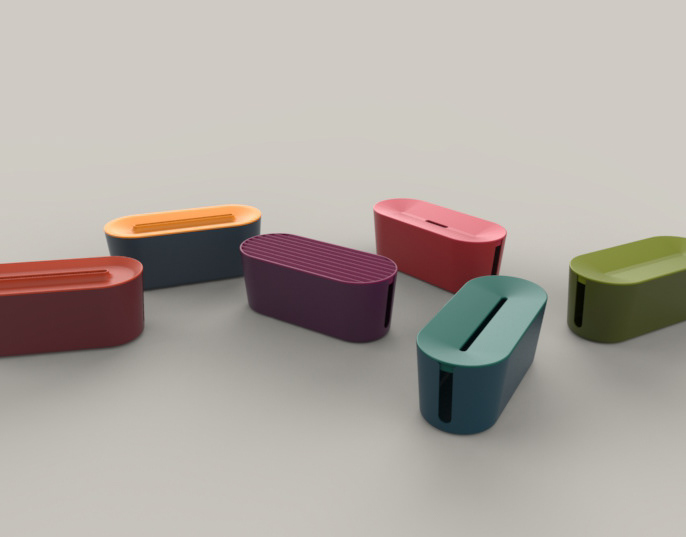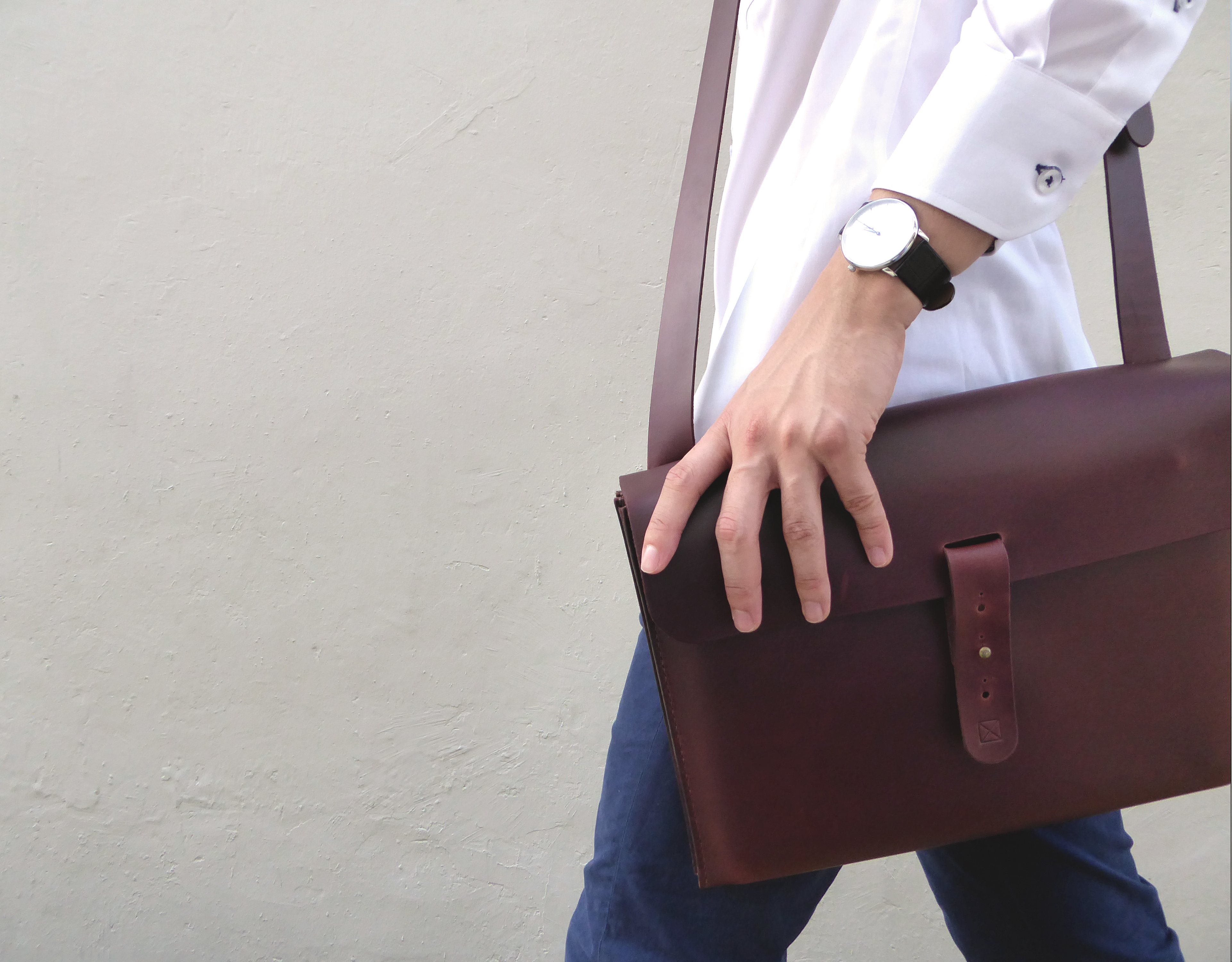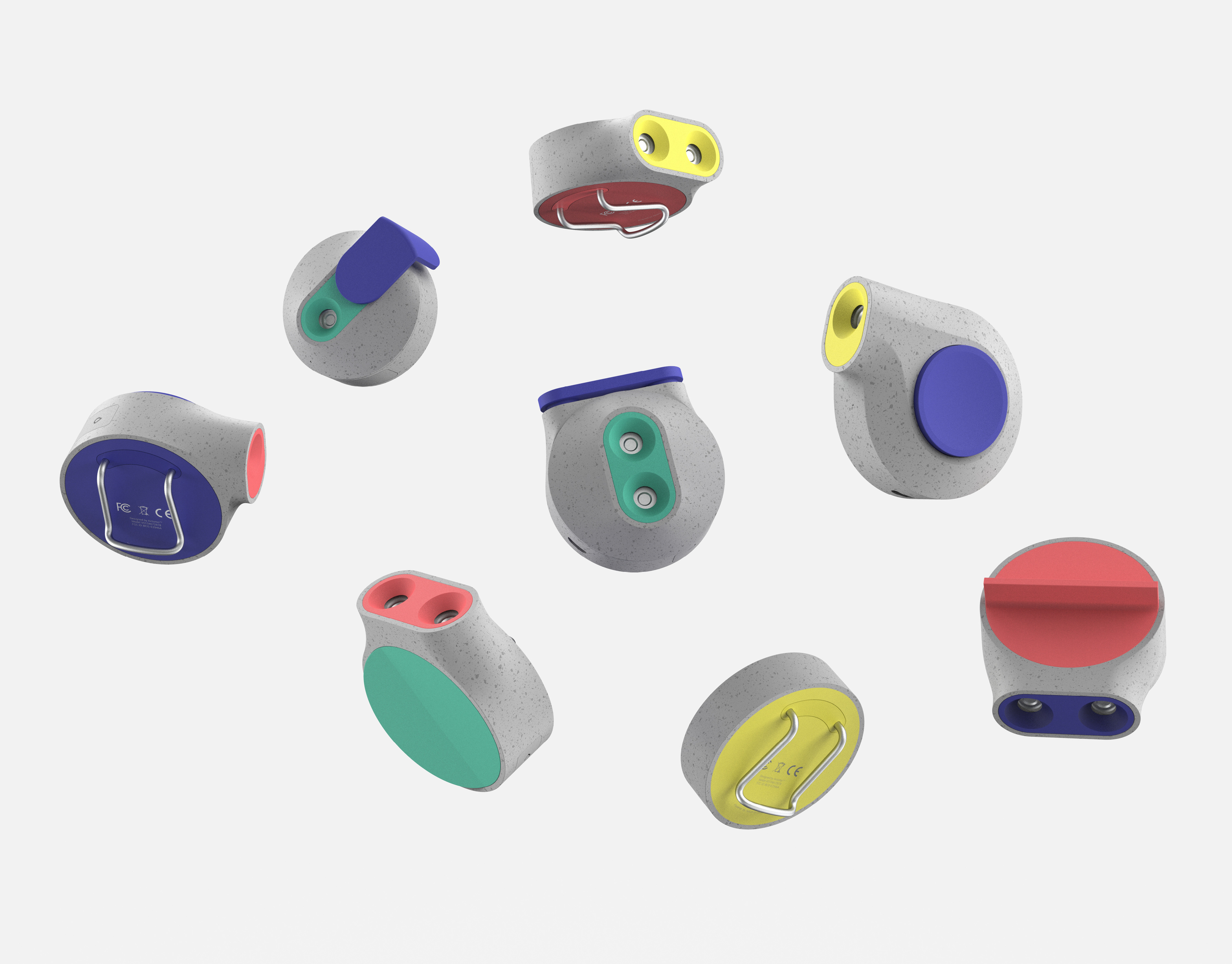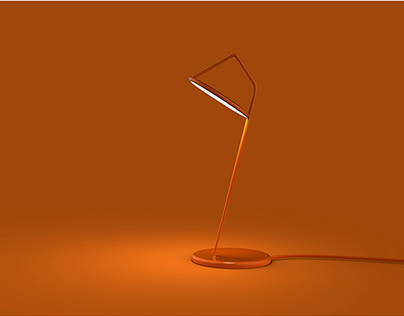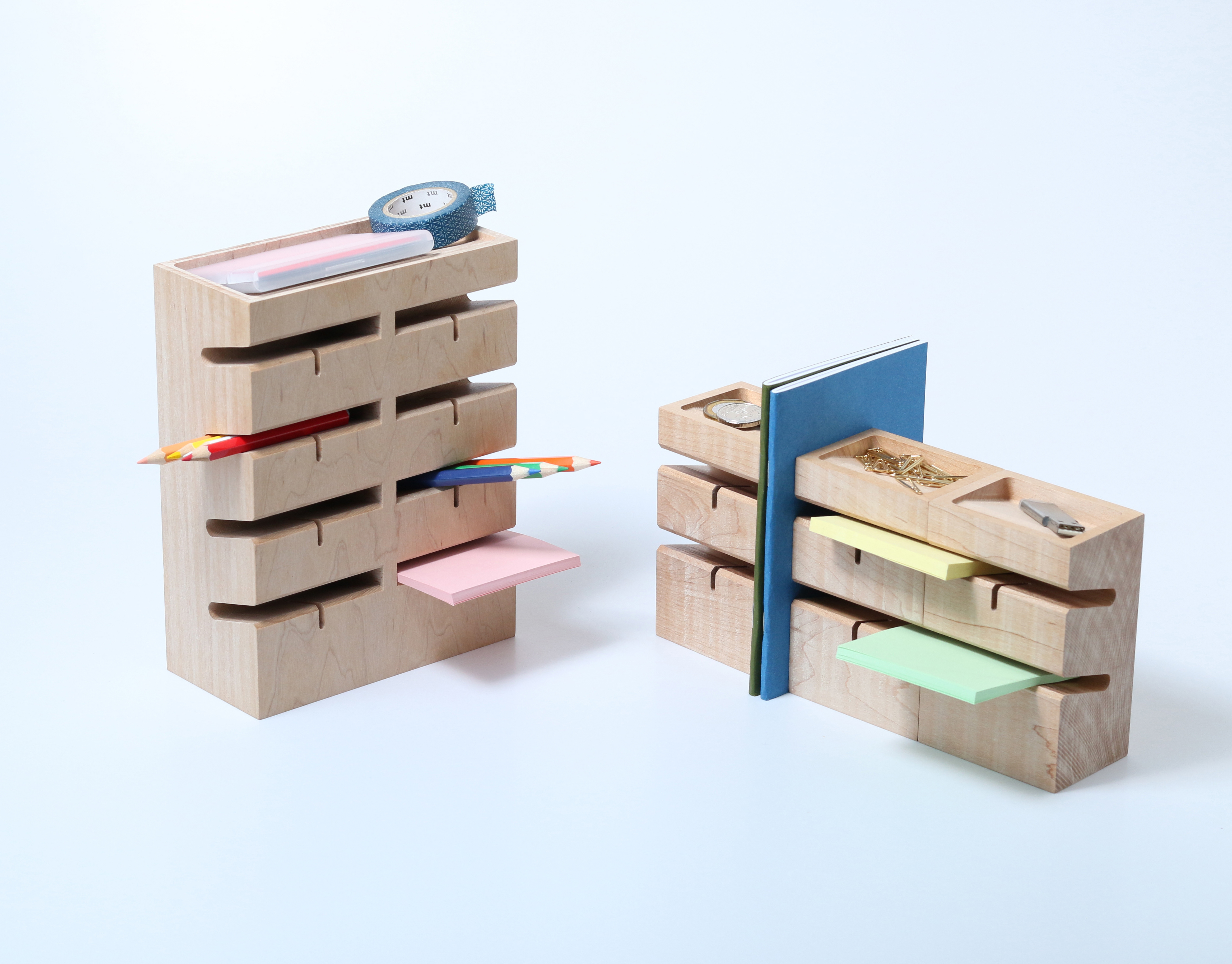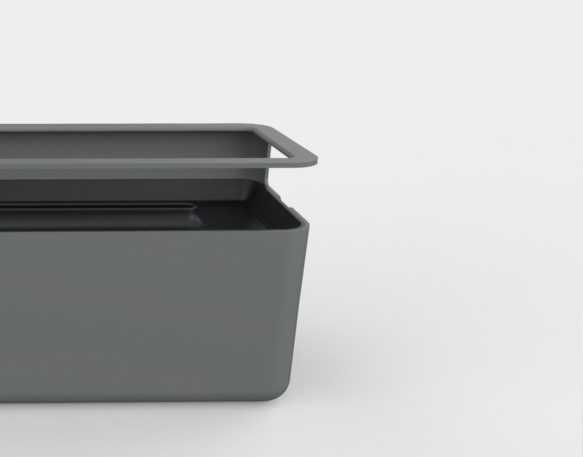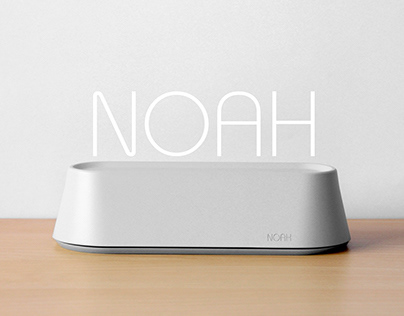Anthropomorphism, or “the attribution of human characteristics or behaviour to a god, animal, or object”, is a crucial concept in Shintoism 神道, Japan’s ethnic religion. Shintoists believe that everything – the universe itself included – has a soul or spirit.
I was thus curious how common objects (like a carafe) around the tablescape can be imbued with a "soul" such that they exhibit a unique character or tell a unique story.
Staying true to Japanese's philosophy of anthropomorphism, I decided to borrow a distinct gesture that is ingrained into Japanese culture - a humble bow.
In the Japanese bow, the "bower" expresses appreciation and respect to the person being bowed to by bending at the waist. In a way, the bowing action is aligned with the spirit typology of a carafe which adopts a similar stance. And so, I questioned how one can accentuate the positive traits of this meaningful ritual.
Immortalising the gesture of a Japanese bow, the subservient carafe breaks out of its rigid, geometric shell to greet the user.
With a simple bend, it extends an open welcome to the user to pour water.
The curvature of the hinoki wood thus serves as a natural funnel to guide the water into the cup.
This trait is extended into the subservient cup that emulates the same gesture, but to a different degree.
The break observed in the cup makes it a convenient nesting spot for utensils. It too serves as a comfortable grip stop for our fingers and thumb.
Used in unison, the subservient carafe and cup frames the traditional ritual in a modern archetype and breathes life into these pair of otherwise mundane objects.
The intentional accents within the vessel serve to highlight the personalities of the carafe and cup that can be otherwise selected based on personal preferences.
The subservient carafe and cup are not just profane tablescape objects. Their clean and humble aesthetics do well to remind the user of a rich heritage and culture that emanates from its silhouette and choice of material.

